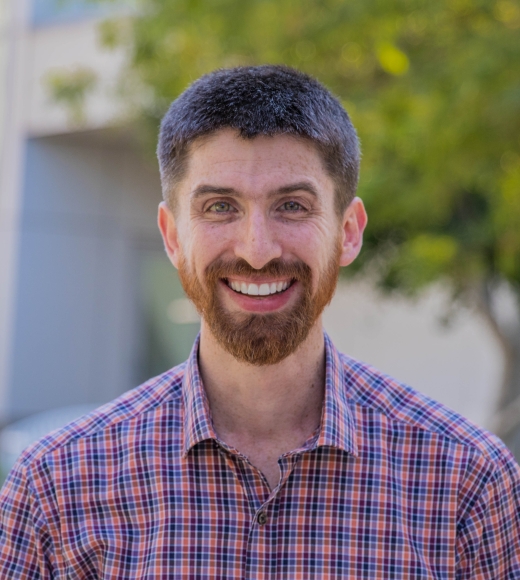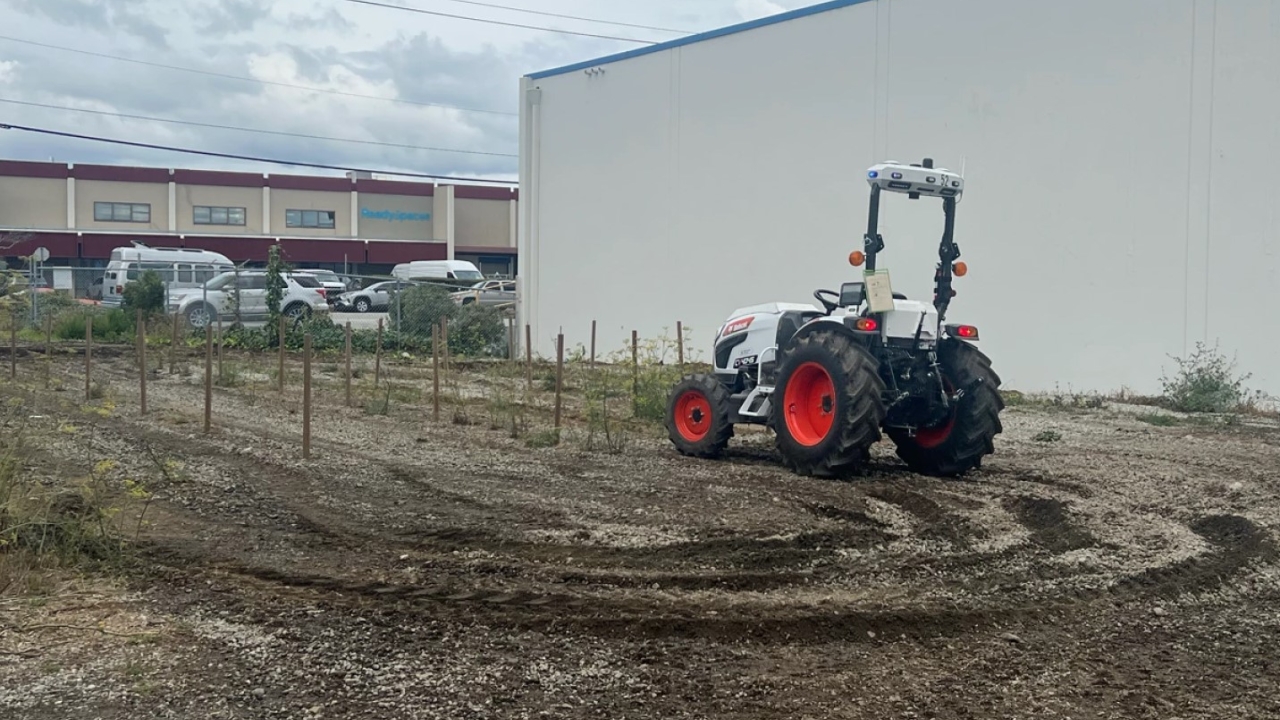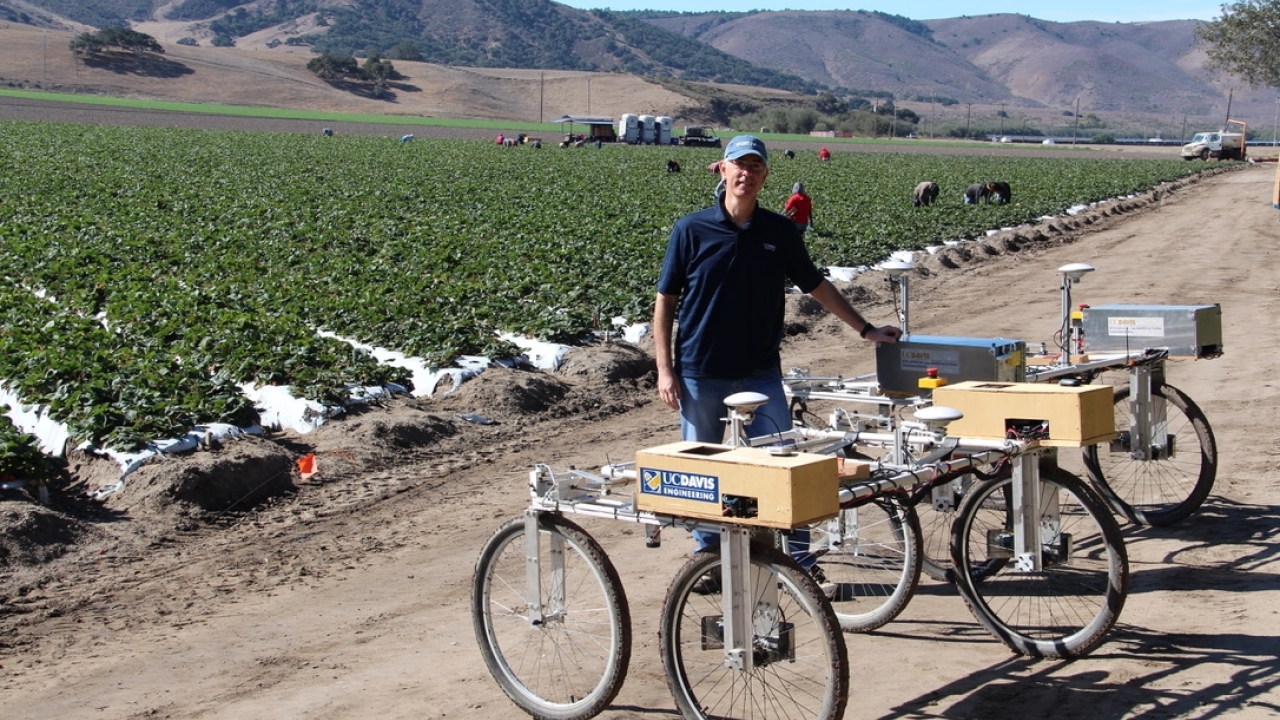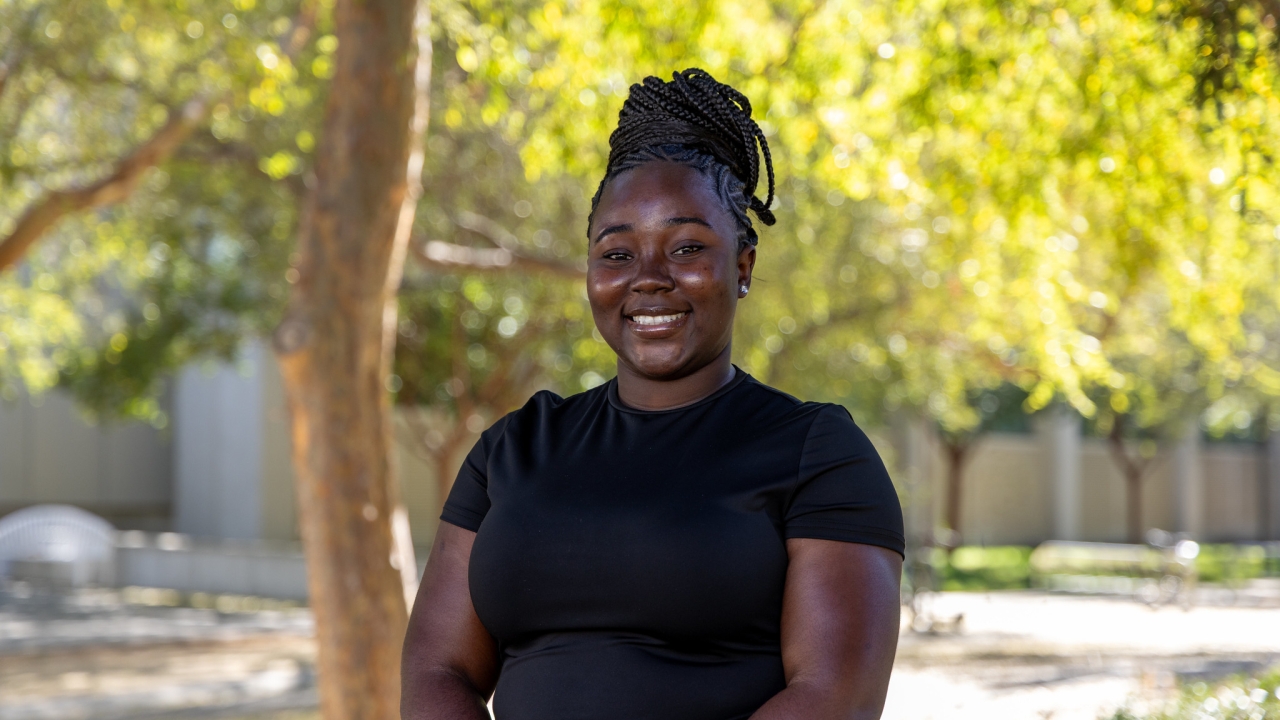The Space Between
Materials Science and Engineering Assistant Professor Jeremy Mason is working on better understanding phase transitions

We all have experience with water turning from solid to liquid to gas and back again.
But knowing what happens scientifically during those transitions is an essential, yet unanswered scientific question that Assistant Professor of Materials Science and Engineering Jeremy Mason and his research group are pursuing.
It is a phenomenon called a phase transition. Knowing more about phase transitions is important because they underlie a tremendous number of technological devices in society. They drive power plants. They make refrigerators and air conditioners work. They are also fundamental to all internal combustion engines.
"It's really important to so many things that touch our lives, and also it's incredibly difficult for us to understand," Mason said.
The reason it is so difficult is that it is very hard for us to see what is going on during those transitions. Mason compared the phenomena to a caterpillar's transformation into a butterfly. We know a caterpillar and its behavior. Likewise, we understand a butterfly. We also can observe the chrysalis stage, but what is happening when the caterpillar is in the chrysalis between those stages is a no man's land of scientific knowledge.
"It's very much that way with phase transitions," Mason said. "We are quite good at saying that this is a piece of ice, that is a drop of water and that is water vapor; or even those are liquid, solid or gas molecules. But the transitions, which are arguably the most important part and where all the action is, we just cannot describe.
According to Mason, current approaches look at the arrangements of the molecules rather than the movement and interaction of those molecules. There currently aren't any simulation techniques available that can follow the ways molecules move over the time scales required to observe a phase transition. Mason and the team are working to develop software that will allow them to model phase transitions from a liquid to a solid, i.e., solidification.
"How do you even represent all the ways an atom could move relative to the surrounding molecules over that span of time? It's just this astronomical task," he said. "So, there's this very interesting computational and scientific question about how we model molecules moving around on these very long-time scales. I am working on that tool so that we can then begin to unravel this very fundamental and, on the surface, simple question: how do you freeze water?"
Appreciating the space between has also affected other aspects of Mason's work as an assistant professor at UC Davis. First, it comes into play when he is unearthing new research questions or finding opportunities for collaboration. Mason says he often unearths new research questions or collaboration opportunities through incidental conversations at conferences or in hallways.
The second is through his mentorship of graduate students. Graduate students often enter his lab unsure of how to do research or even what question they are trying to answer, but they develop and leave his lab as proficient researchers who can make their own mark in the world. He says he feels that his role is to guide them down a tailored path of discovery to ensure they can experience the most growth and benefit.
"I want to teach them the importance of just sitting with a question and enjoying that pursuit. And, if you can really connect with that question, the results will come," said Mason, who was awarded a UC Davis Graduate Program Advising and Mentoring Award in 2021-22.
When he's not teaching, leading a research group or mentoring, Mason said his favorite place on campus is a space between buildings outside of Ghausi Hall. There he can be seen contemplating his work in the quiet and verdant spot, in between classes.




